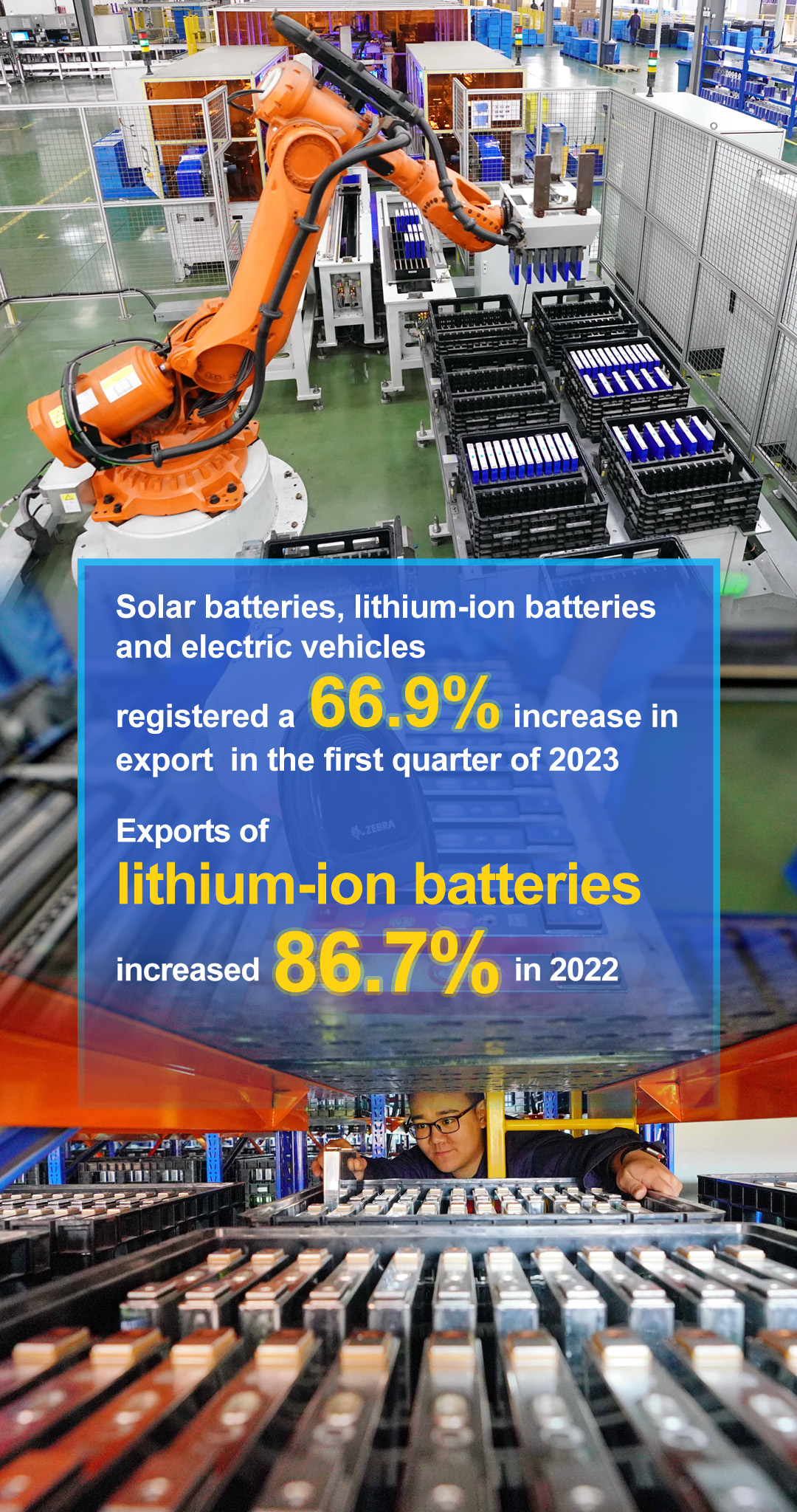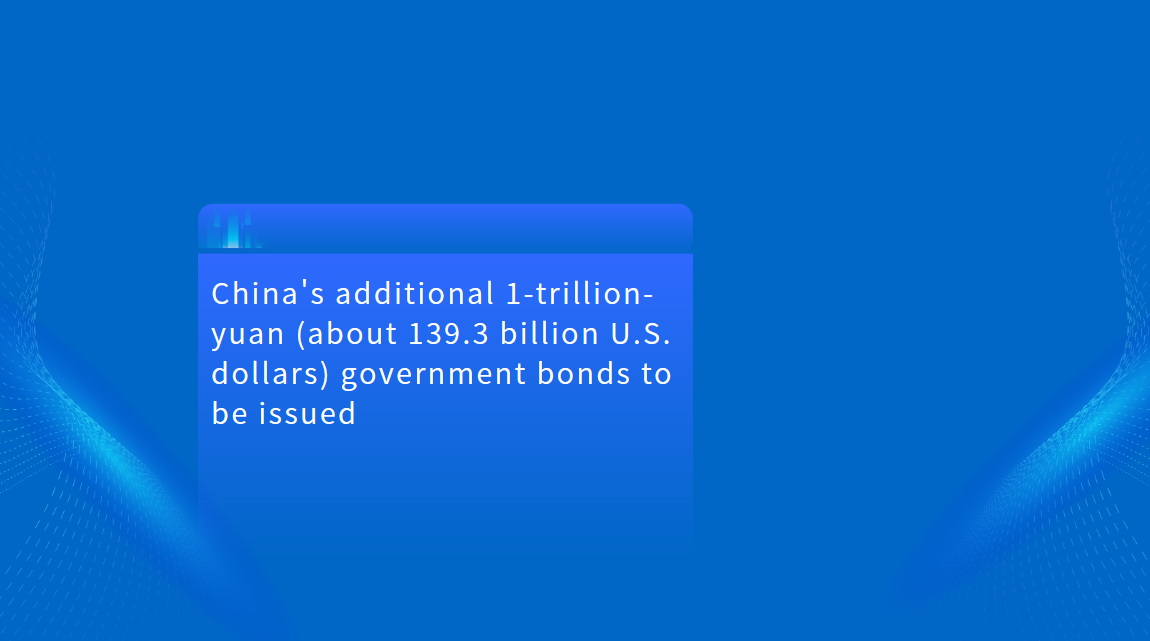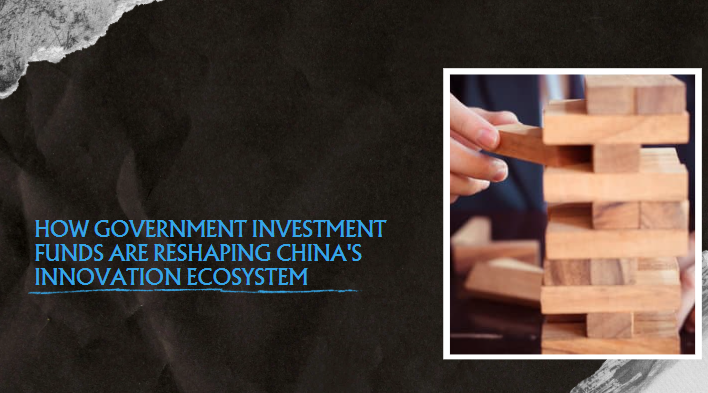China Eyes Strategic Growth in Key Industries for 2025: A Blueprint for Innovation
China's Ministry of Industry and Information Technology (MIIT) has unveiled an ambitious plan to accelerate growth in 10 key industries in 2025, underscoring the country's drive to enhance industrial resilience and economic competitiveness.
These industries – spanning steel, petrochemicals, machinery, electronics, and more – collectively account for 70% of industrial value-added output in sectors above the designated scale, positioning them as the cornerstone of China's industrial economy.
////
Industrial Expansion: Key Highlights
ONE

The MIIT reported that China's industrial added value reached an impressive 40.5 trillion yuan ($5.54 trillion) in 2024, cementing the manufacturing sector's global leadership for the 15th consecutive year. Among the highlights of 2024:
-
5G infrastructure: Over 4.25 million 5G base stations were operational, with computational capacity growing by 16.5% year-on-year to 268 EFlops.
-
Digital economy: Revenue from digital industries exceeded 31.7 trillion yuan, with profits growing by 4% to 2.4 trillion yuan.
-
Regional industrial growth: 93.5% of China's provinces reported industrial output growth, with industrial powerhouses such as Guangdong achieving industrial revenue exceeding 20 trillion yuan.
////
2025 Initiatives: Bolstering Growth and Innovation
TWO

Building on this momentum, the MIIT's 2025 agenda focuses on targeted initiatives aimed at stabilizing and expanding industrial growth:
-
Targeted investment in key sectors: A new growth plan for 10 major industries will enhance policy support and encourage orderly industrial transfers to strengthen competitive regional clusters.
-
Promoting equipment renewal and digital transformation: Policies to stimulate investments in equipment upgrades and the adoption of digital tools aim to accelerate productivity. Investment in equipment purchases grew by 15.7% in 2024, outpacing overall investment growth by 12.5 percentage points.
-
Enhancing digital infrastructure: Upgrades to “dual gigabit” networks and the rollout of next-generation technologies, including 6G, will create a robust foundation for industrial and technological advancements.
-
Driving industrial innovation: Strategic projects will focus on fostering breakthroughs in high-end manufacturing, robotics, and artificial intelligence, with pilot programs for next-generation information technologies and industrial clusters.
////
Empowering SMEs and “Little Giants”
THREE
Small and medium-sized enterprises (SMEs), particularly those designated as “Little Giants,” will play a central role in this industrial transformation. These SMEs, known for their specialization and innovation, contributed 10.9% of profits despite accounting for only 3.2% of total industrial enterprises. With plans to recognize 100 new national SME clusters in 2025, the government aims to foster ecosystems that prioritize high-value innovation.
To further support SMEs, the MIIT will:
-
Expand digital empowerment initiatives.
-
Establish Phase II of the National SME Development Fund.
-
Strengthen public service platforms to provide tailored support for SMEs.
////
Accelerating Digital Economy Growth
FOUR
The MIIT's focus on the digital economy reflects its vital role in China's broader industrial strategy. With telecom revenues exceeding 1.7 trillion yuan in 2024, plans to optimize computing capacity and scale up 5G applications are central to achieving long-term growth. The “5G+ Industrial Internet” initiative will further integrate cutting-edge technologies into manufacturing, enabling smart factories and digitalized production lines.
////
Implications for International Stakeholders
FIVE
For global businesses and investors, China's industrial roadmap offers significant opportunities. The emphasis on advanced manufacturing, sustainable practices, and digital transformation aligns with global trends and opens avenues for collaboration, particularly in high-tech sectors. Moreover, the policy focus on enhancing supply chain stability and regional industrial hubs presents prospects for foreign firms looking to integrate into China's evolving industrial landscape.
As China transitions into a more innovation-driven economy, its industrial strategies will likely reshape global trade and investment patterns, providing a dynamic environment for both domestic and international stakeholders.





















































First, please LoginComment After ~